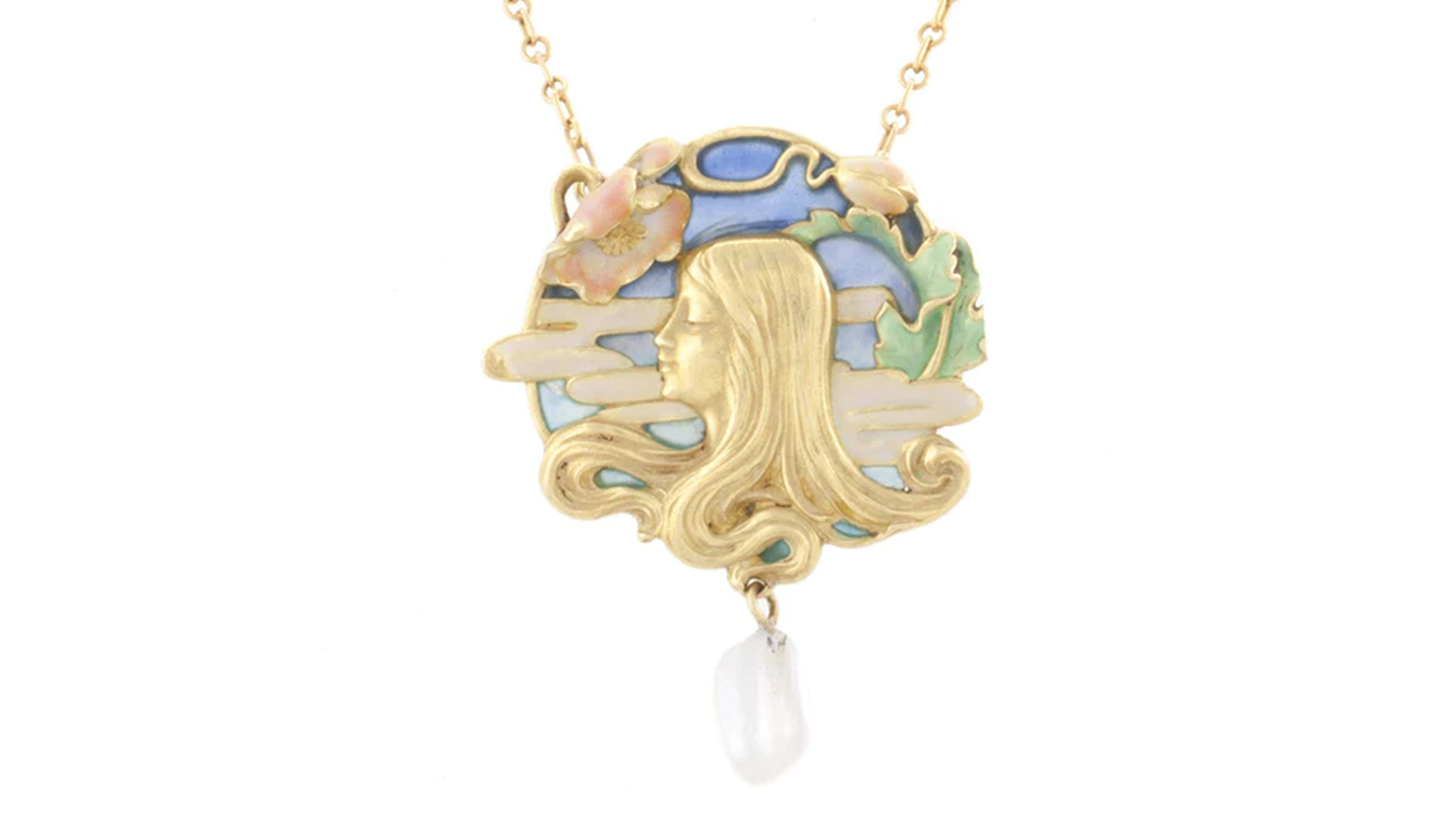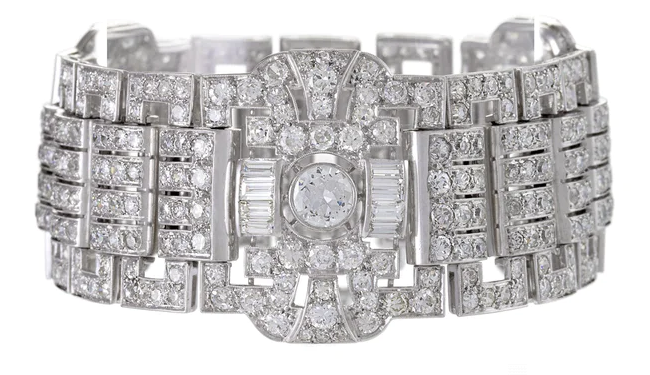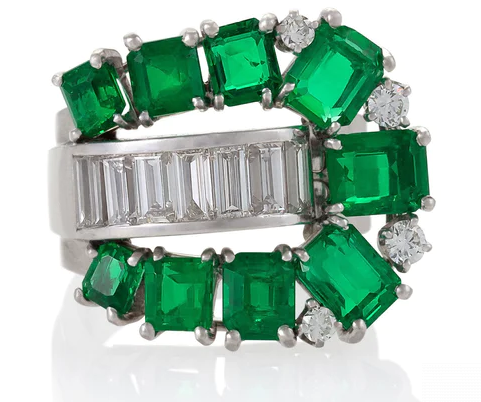Now that you’ve decided to start a jewelry collection the question is how do you put together a top-notch collection that you can enjoy for years to come and perhaps even pass down to the next generation? Ben Macklowe, president of Macklowe Gallery in New York City, provides a few pointers on how to develop a jewelry collection. Macklowe is the second generation to lead the New York City-based firm that focuses on museum quality 20th century decorative arts. A former school teacher, Macklowe has been a guest lecturer at Christie’s and Sotheby’s auction houses and is regularly quoted in the New York Times and Wall Street Journal.
How should a person decide what to buy for a collection?
Jewelry is a visual and tactile collecting medium. It has to be beautiful in hand when it is not being worn, but it must look and feel extraordinary when it is being worn.
Should pieces in a collection be signed, why or why not?
It matters a lot. First, about 90 percent of fine, collectible jewelry is unsigned and a lot of it is as good as a signed piece. You don’t have to pay a premium just for a signed piece. There may be other pieces that are available that are just as good. So, you must ask yourself if the design aesthetic of a signed piece really represents this designer’s unique point of view, I mean, nobody needs to buy a 6-prong diamond engagement ring from Cartier, but to get one of their iconic designs like the Panther makes perfect sense. I recently bought a collection with multiple signed pieces by different designers including Paulding Farnham for Tiffany & Co., Boucheron, Mauboussin and other important names, but there were also a lot of unsigned pieces that were just as creatively conceived and expertly produced.
When collecting pieces what should a collector look for, what criteria should be used for evaluating a piece?
A collection has to have a point-of-view. If the point-of-view is a designer or period, then it is important that the pieces be authentic to the period. You have to ask how it compares to other pieces made in the same period or by the same designer. A lot of that has to do with education and developing an eye to determine if a piece of jewelry is successful. You must also keep in mind that jewelry is meant to be worn and if it doesn’t wear well that’s not good, it needs to sit right on the body and be comfortable.
Should a collection be themed—particular designer, animal, gemstone, era – why or why not?
That’s a very personal question for each collector. I had a client who only collected frog motifs. In my opinion, he lost out on a lot of other really great pieces by limiting himself to one theme. It is equally unfortunate to limit oneself to a particular era or designer. There is so much wonderful jewelry out there that most of my collectors buy across the ages. They buy everything from René Lalique to 1970’s Van Cleef & Arpels jewelry. You can have diversity in your collection and with that you get more choices. Otherwise you can silo in on one area and go deep.
Is it better for a collector to work with one dealer or multiple dealers, what are the advantages and disadvantages of working with one or more dealers?
There is no one dealer who will have everything that a collector wants. It’s good to have a primary dealer who can guide you to make good decisions regarding purchasing pieces from another dealer.
How much does provenance matter when collecting jewelry?
Louis Comfort Tiffany famously quipped that jewelry were his “little missionaries of art”, so for me provenance is less important than authenticity. It’s a miracle to get a piece that has the original stones intact and no repairs or other issues. If a piece has provenance because it was owned by a celebrity or royalty, you’ll pay more and these pieces are much rarer. Most important is that a piece of jewelry is genuinely what it is represented to be.
Featured image (top of page): Plique-a-jour enamel, natural freshwater pearl and gold Art Nouveau pendant by Louis Zorra.
Authored by Amber Michelle


